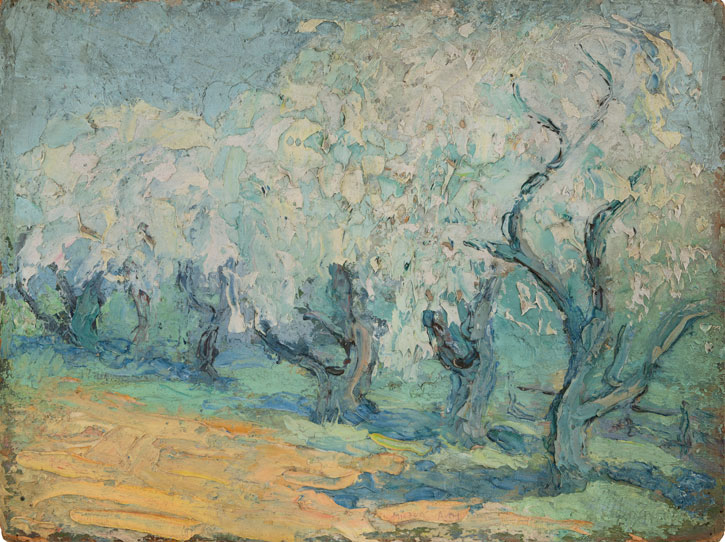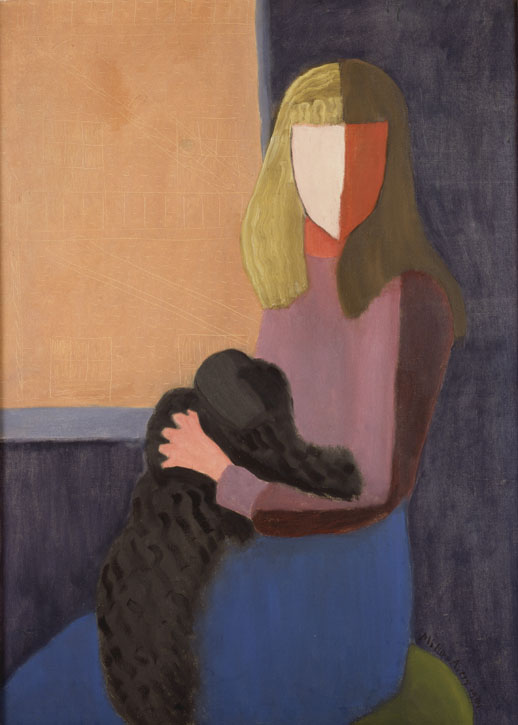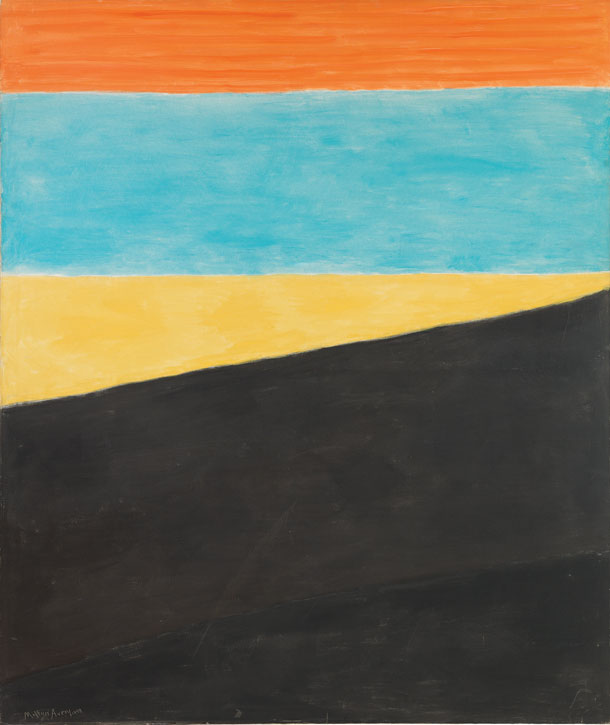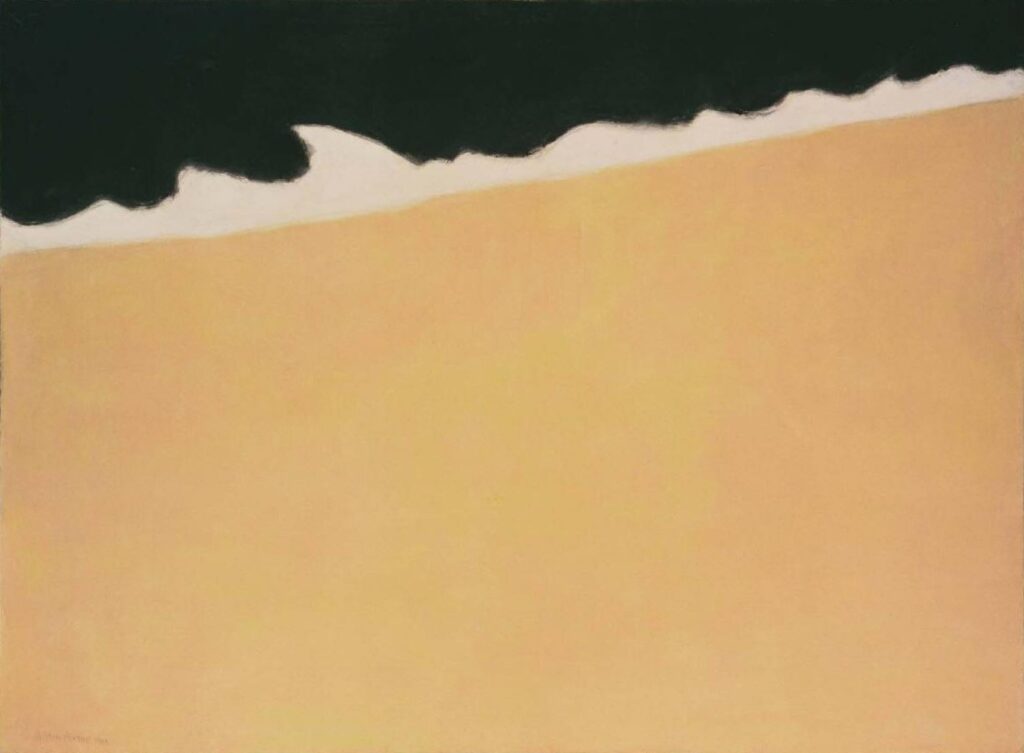Celebrating M. F. Husain—One of India’s Most Iconic Artists
Maqbool Fida Husain’s artwork exudes a timeless quality that bridges the past and the present. His forms honor sacred traditions while also...
Guest Profile 2 October 2024
American artist Milton Avery employed wide strokes of vivid colors and simple forms in his acclaimed portraits, still lifes, and landscapes. Abstract Expressionists Mark Rothko and Barnett Newman admired Avery, who valued the atmosphere over the intricate details of a scene.
I try to construct a picture in which shapes, spaces, and colors form a set of unique relationships, independent of any subject matter.
Avery was raised in Hartford, Connecticut, where he began taking art classes alongside working several other jobs. Over a 15-year training period, Avery became captivated by American Impressionists, notably John Henry Twachtman and Ernest Lawson. The influence of these two artists, as well as of famous French painter Henri Matisse, is seen both in Avery’s mode of painting and in the choice of subject matter. The early phase of his artistic career is characterized by representational art, primarily focusing on American landscapes and seascapes.

Milton Avery, Blossoming, 1918, Milton Avery Trust. Photo: Adam Reich.
He also followed other typical Impressionists’ techniques, such as the practice of painting outside, en plein air. Since he was a student, he carried small canvases into the countryside or along the seaside so he could sketch and paint. Even while he was living in vibrant New York, he didn’t use cityscapes as his inspiration, but rather revisited the landscapes of his early years from family holidays in Connecticut, where he created an extensive amount of sketches.
It was 1925 when he moved to New York with his wife, Sally Michel Avery, who was also an artist. She provided for both of them by working as a commercial illustrator. In 1929, the Phillips Collection in Washington, D.C. became the first museum to acquire his pieces. Before that, Milton Avery was mostly unnoticed by critics. Subsequent exhibitions at the Phillips Collection and the Whitney Museum of American Art in New York played a crucial role in establishing his reputation as a master colorist.
I like to seize one sharp instant in nature, imprison it by means of ordered shapes and space relationships to convey the ecstasy of the moment. To this end I eliminate and simplify, leaving nothing but color and pattern.

Milton Avery, Seated Girl with Dog, 1944, Collection Friends of the Neuberger Museum of Art, Purchase College, State University of New York. Gift from the Estate of Roy R. Neuberger. Photo: Jim Frank.
Alongside landscapes, as a recurring subject matter he portrayed his friends and family members. In the early 1940s, figures continued to hold an important role in his oeuvre; however, Avery demonstrated a shift from conventional portraiture. Surely, his artistic evolution demonstrates a significant influence of Fauvism and Post-Impressionism revealed to him through institutions such as the Museum of Modern Art (MoMA).
For Milton Avery, the mid-1940s were the most significant years of his artistic journey. In this period, the artist introduced some of his most revered innovations. He started using thinner applications of oil and deliberately flattened the planes of complementary hues. Avery suggested depth and atmosphere with his specific color selections rather than depending solely on traditional norms of perspective. It was specifically Avery’s understanding of balance and the relationship between colors that profoundly influenced younger artists like Mark Rothko and Adolph Gottlieb.

Milton Avery, Boathouse by the Sea, 1959, Victoria Miro, London, UK.
Milton Avery is regarded as a forerunner of later American Abstract Expressionism. His creations wielded a distinct influence on later Color Field painters. After they were featured in the same group exhibition in 1928, Avery and Rothko even became close friends. Subsequently, Rothko introduced him to Adolph Gottlieb, and Barnett Newman, other abstract painters of the era. In the 1950s, Avery shifted from figurative art to landscapes inspired by journeys to the US East Coast: such as Gloucester, Massachusetts, Vermont, and Maine. Black Sea reveals his influence from European Modernists, particularly Henri Matisse. He continued to minimize detail and used less naturalistic colors to introduce more variety and contrast.

Milton Avery, Black Sea, 1959, The Phillips Collection, Washington DC, USA.
Milton Avery, the master colorist, left an indelible mark on the art world, seamlessly bridging early modernist movements with mid-century innovations. His flattened planes and vibrant hues transformed quiet canvases into vibrant expressions of emotion and atmosphere. Avery’s influence extended far beyond his time, echoing through the works of artists like Mark Rothko and Adolph Gottlieb. As a precursor to later American Expressionism, Avery’s legacy continues to radiate color and inspiration across the ever-evolving canvas of art history.
DailyArt Magazine needs your support. Every contribution, however big or small, is very valuable for our future. Thanks to it, we will be able to sustain and grow the Magazine. Thank you for your help!